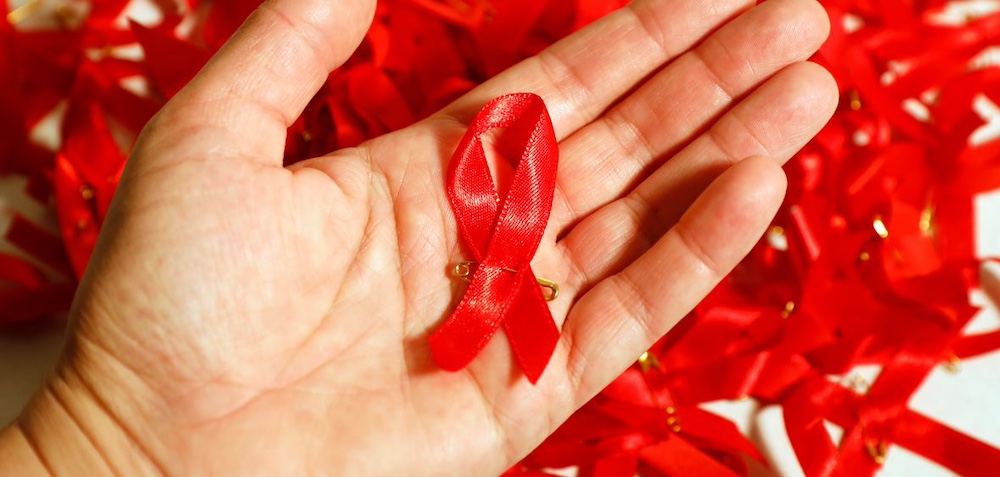
International HIV treatment expands

 Newly revised HIV treatment guidelines from the World Health Organisation (WHO) that could see life-saving medicinal therapy made available to millions were unveiled at the seventh annual International AIDS Society (IAS) conference in Kuala Lumpur last week.
Newly revised HIV treatment guidelines from the World Health Organisation (WHO) that could see life-saving medicinal therapy made available to millions were unveiled at the seventh annual International AIDS Society (IAS) conference in Kuala Lumpur last week.
The new guidelines drastically expand the number of people who are eligible for treatment with antiretroviral therapy, a highly effective combination of drugs that suppresses levels of HIV in the blood to ‘undetectable’ levels and provides patients with far higher life expectancy and reduced risk of transmission than people who are left untreated.
WHO guidelines recommend when HIV/AIDS patients should start being treated with antiretroviral therapy, basing their findings on the number of CD4 cells in one cubic millimetre of blood. CD4 cells are a type of white blood cell that plays an important role in the human immune system and become depleted when HIV is left untreated.
The new guidelines recommend antiretroviral treatment to all HIV patients with a CD4 count of 500 or below. In 2010 the WHO recommended treatment based on a CD4 count of 350 or below, a benchmark that was adopted by 90 percent of all countries. However, evidence gathered since then suggests that earlier antiretroviral treatment could drastically reduce HIV transmission among heterosexual couples, as well as boost life expectancy and quality of life for people living with HIV.
According to WHO, the new treatment benchmark could avert up to three million deaths and prevent 3.5 million new HIV infections by 2025 if the recommendations are adopted by member nations. It will also render over nine million people newly eligible for treatment, bringing the total number of HIV-positive people eligible for treatment worldwide to over 25 million.
Living Positive Victoria Health Promotion Manager Suzy Malhotra, who attended the conference, said the WHO announcement was one of the “most significant” moments in HIV treatment of the past year.
“In terms of the human element, the new guidelines will help standardise treatment across different countries. They’ll also help make treatment for people living with HIV more accessible,” Malhotra said.
The majority of people currently receiving antiretroviral treatment around the world have a very low CD4 count, often 100 or lower, that renders them especially vulnerable to immune diseases.










